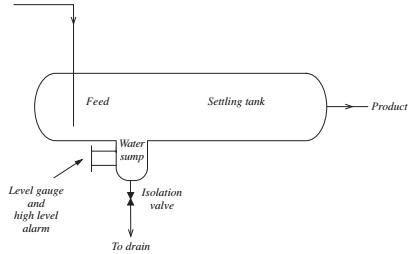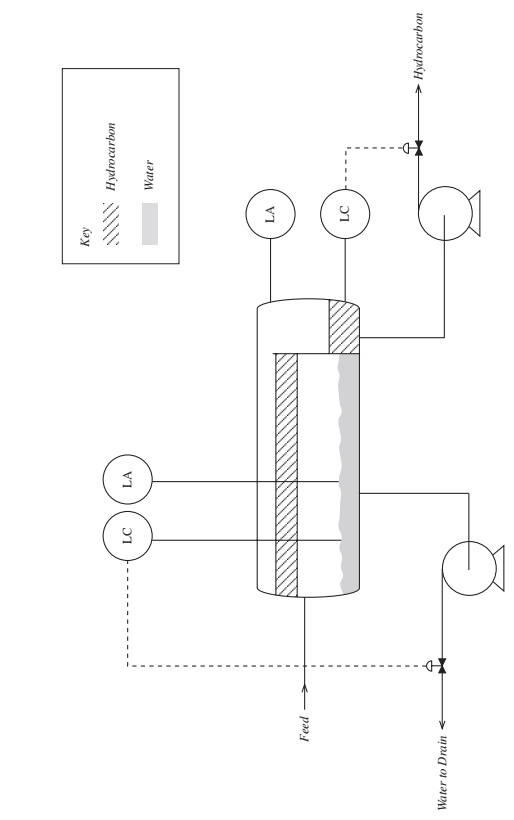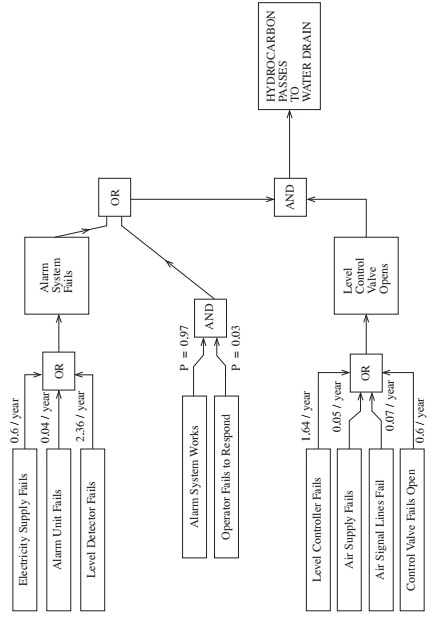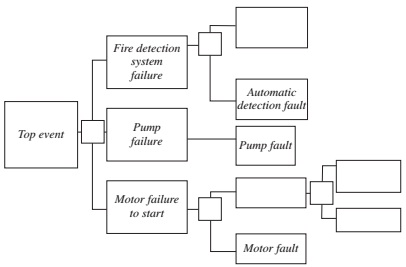Assignment Problem: Safety Engineering
Topic: The Character and Treatment of Hazards
Problem 1: Answer EITHER part (A) OR part (B).
Part A: A gas scrubber on an oilrig discharged gas periodically such that an accumulation of hydrocarbon gas nearby had occurred. A contractor welder was dispatched to a job immediately adjacent to the area and it being a shift change and personnel unavailable temporarily, the welder decided to commence welding. As a consequence, an incident occurred.
Describe briefly:
(a) What you imagine was the incident including any hazards existing prior to or during the incident
(b) The consequences of the incident on personnel, equipment or process
(c) Emergency procedures put into practice during and immediately after the incident
(d) Indications of possible cause(s) of the incident (include any breaches of safety procedures (permits to work, etc.) statutory systems, codes of practice and company safety rules that led to the incident and any other causes or contributing circumstances
(e) Recommendations/suggestions that would reduce the possibility of a repetition of the incident.
(This is based on a real incident.)
Part B: Describe briefly (as in (i) to (v) of part (a)) a hazardous incident with which you are familiar.
Problem 2:
(a) Distinguish between a Hazard and Operability Study (HAZOP) and Hazard Analysis (HAZAN).
(b) Explain briefly the quantities shown in the equations used for hazard analysis H = D . fdt = D x 1/2F . T (if F, T << 1).
(c) State the units of H and D and hence determine the units of fdt if any.
(d) FIGURE 1 shows an external intermediate vessel which receives a continuous mixture of hydrocarbon liquid and small variable amounts of water. The water must be separated by settlement into the sump to prevent contamination of a later hydrocarbon processing stage. The sump should be drained every 4 hours by an operator. The operation is facilitated by a sight glass and high level alarm. Under normal conditions the sump would fill in approximately 10 hours.
Carry out a hazard and operability study (HAZOP) on the sump and drain line for deviation of 'No Flow' and 'More Flow' of water, listing possible causes, consequences and recommendations to avoid future deviations.

Problem 3: Figure shows an improved arrangement for separating water from the hydrocarbon liquid for the process in question 2. Two simple level control loops, LC, have been added to regulate flow control valves on a pumped system. Extra protection is also provided in the form of high level alarms, LA, one to each side of a baffle plate fitted in the tank.
It has been determined that estimating the probable frequency of hydrocarbon passing to the water drain will permit judgment as to whether this would be an acceptable risk.
Figure is the cause tree for this TOP event, showing the conventional 'AND' and 'OR' gates together with typical fail-to-danger fault frequencies for the control and alarm equipment, including estimates for electricity and instrument air failure. Also shown are probabilities (3%) for operator failure to respond to the alarm system which is rated at 97% reliable.
(a) Complete the conversion of this cause tree into a FAULT tree, allowing for testing the alarm system once per week. (Use the simple fractional dead time formula.)
(b) State which pieces of equipment have the greatest effect on the top event frequency.
(c) If the reliability of the level detector and controller can be improved from a fault frequency of 2.36 and 1.64 respectively to 0.5 per year, determine the new top event frequency.

FIG: Hydrocarbon/Water Settler System

FIG: Cause Tree for Interface Level Control System
Problem 4: A fire water system on an oil rig is supplied by an electric motor driving a mechanical pump. A fire detection system is installed that normally starts the motor automatically but which can be set to manual override. The electric motor is normally supplied by the mains power source but it does have a standby generator for emergencies.
(a) State as a consequence of failure of the pump or motor or detection system, the top event. (It may assist you by referring to FIGURE 4.)
(b) Complete the table for the cases of deviation/failure shown, that is:
(i) Pump failure
(ii) Motor failure to start
(iii) Fire detection system failure
(iv) Motor power supply failure
Arising from any associated equipment failures or events that would cause the failures from the data given. Indicate whether the associated events are linked by OR or AND operators
|
Failure
|
Associated equipment or service
|
Linking operator AND/OR
|
|
|
|
|
Comments
|
|
Pump failure
|
Pump fault
|
None
|
Pump failure = pump fault
|
|
Motor failure to start
|
Motor fault
|
OR
|
|
|
Fire detection system failure
|
|
|
|
|
Motor power supply failure
|
|
AND
|
|
(c) Using the data from TABLE 1 complete the cause tree shown in FIGURE 4.

(d) The fault frequencies per year for the following are: pump = 0.1
motor = 0.05 mains power = 0.5
fire auto detection unit = 0.2
fire detection manual override unit = 0.05 standby generator = 0.25
Assuming the fire detection system can be regarded as a trip system tested every week, calculate the fractional dead time (fdt) for the fire detection system unit and convert the cause tree into a fault tree to determine the frequency of the top event.
Problem 5: A housing estate of 250 people is considered to be at risk from a nearby factory on the basis of a hazard analysis which yielded the following data:
(i) The 20% probability of fatalities due to the blast effects of an explosion.
(ii) The 10% probability of additional fatalities due to the release of toxic gas following the explosion.
(iii) The probable frequency of an explosion occurring is once in ten thousand years, i.e. 0.0001 yr-1.
(a) Find the societal and respective average individual risks for these events.
(b) Explain why such data may be misleading if the number of people exposed to the risks is increased by, for example, the expansion of the housing estate.
By availing our Safety Engineering Assignment Help service, you will never be disappointed and come again and again for acquiring better academic grades.
Tags: Safety Engineering Assignment Help, Safety Engineering Homework Help, Safety Engineering Coursework, Safety Engineering Solved Assignments, Treatment of Hazards Assignment Help, Treatment of Hazards Homework Help